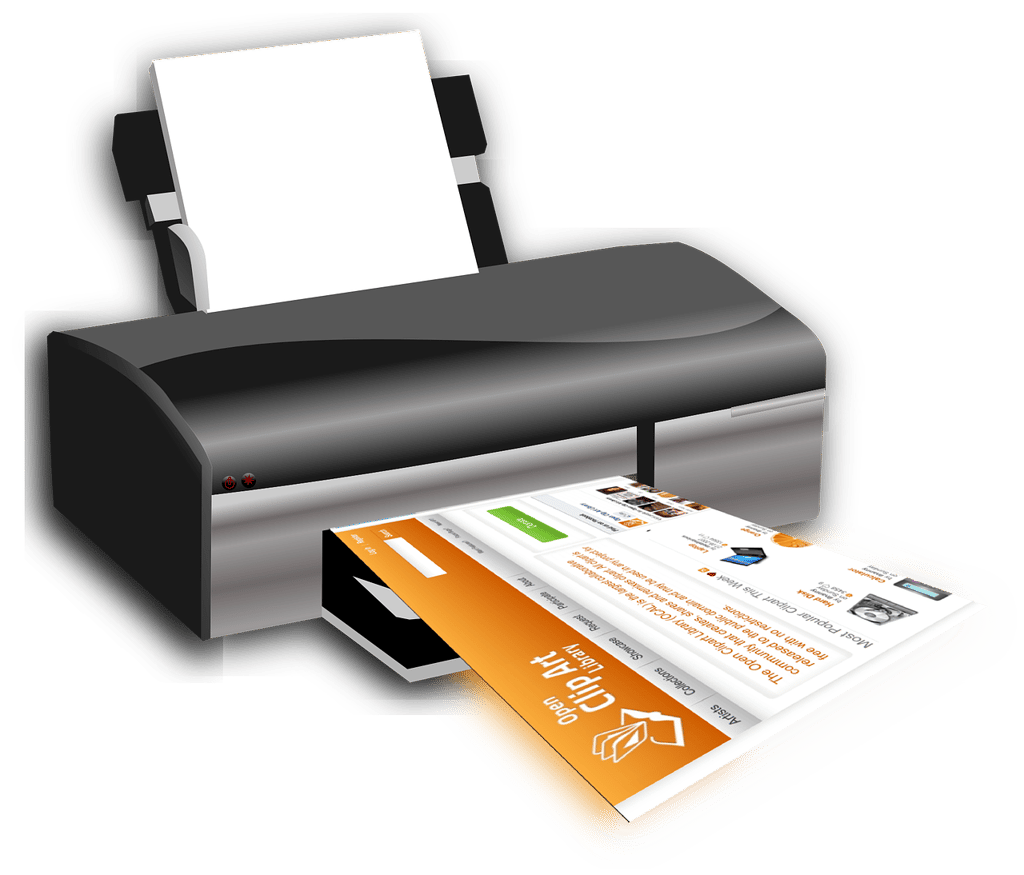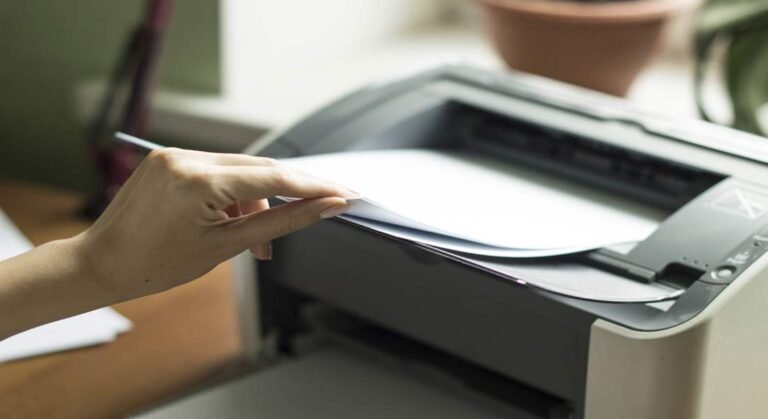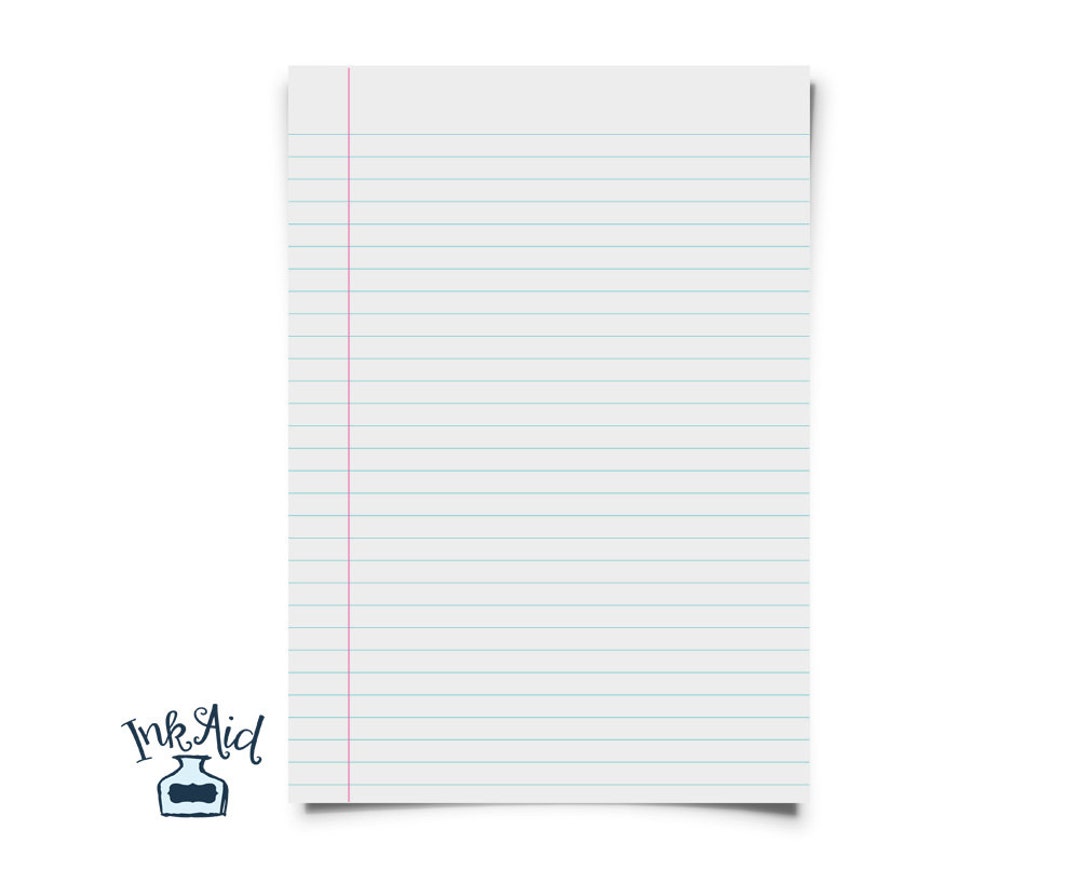Can you print on notebook paper? Absolutely! While not always the most ideal choice, printing on notebook paper can be a convenient and cost-effective option for various projects. However, it’s essential to understand the different types of notebook paper, their compatibility with printers, and the proper settings to achieve optimal results.
This guide will explore the nuances of printing on notebook paper, from selecting the right paper to adjusting printer settings and troubleshooting common issues. We’ll also delve into creative printing applications that can unlock the potential of notebook paper for unique projects.
Printing Compatibility

Printing on notebook paper can be a great way to save money and reduce paper waste. However, it’s important to consider the type of paper you’re using and how it will affect the quality of your printouts.
Paper Types and Compatibility
The compatibility of notebook paper with different printers depends on the paper’s weight, texture, and finish.
- Paper Weight:Measured in grams per square meter (gsm), paper weight affects how thick and sturdy the paper is. Lighter-weight papers (around 70-80 gsm) are commonly used for notebooks and are often compatible with inkjet printers. However, heavier-weight papers (around 90-100 gsm) are better suited for laser printers as they can handle the heat and pressure of laser printing without wrinkling or jamming.
- Paper Texture:Refers to the surface feel of the paper. Smooth-textured papers provide a cleaner print with less ink bleed, making them ideal for laser printers. Rough-textured papers, often found in notebooks, can cause ink to spread and create a blurry print, especially with inkjet printers.
- Paper Finish:The surface coating of the paper affects how ink adheres to it. Matte finishes are commonly used for notebooks and provide a less reflective surface, which can be good for handwritten notes. Glossy finishes, while not as common in notebooks, offer a smoother surface that can enhance the vibrancy of colors in printed images.
However, glossy finishes can also make text appear less crisp, especially with inkjet printers.
Recommended Printing Settings
Different notebook paper brands may require specific printing settings to achieve optimal results.
- Example 1:For Rhodia notebooks, which use a smooth, high-quality paper, a standard print setting with a higher resolution (300 dpi or higher) is recommended. This will produce sharp, clear prints without any ink bleed.
- Example 2:Leuchtturm1917 notebooks, known for their textured paper, may require a lower print resolution (240 dpi) to avoid blurring. Experimenting with different settings is recommended to find the best combination for your specific notebook and printer.
Printer Settings for Optimal Results

Adjusting your printer settings for notebook paper is essential to achieve the best print quality and ensure your documents look their best. Notebook paper is typically thinner than standard printer paper, which can affect how ink or toner is applied and absorbed.
Inkjet Printer Settings
Inkjet printers are known for their vibrant colors and high-resolution printing. To optimize your print settings for notebook paper, follow these steps:
- Paper Type:Select “Plain Paper” or “Notebook Paper” from the paper type options in your printer driver. This will ensure the printer uses the appropriate settings for ink application and drying time.
- Print Quality:For everyday documents, “Draft” or “Normal” quality is sufficient. If you need high-quality prints for presentations or artwork, choose “High” or “Photo” quality.
- Ink Usage:To conserve ink, you can adjust the ink intensity settings. Lowering the intensity slightly can still produce clear prints while saving ink.
Laser Printer Settings
Laser printers are known for their fast printing speeds and sharp text quality. Here’s how to optimize your settings for notebook paper:
- Paper Type:Select “Plain Paper” or “Notebook Paper” from the paper type options in your printer driver. This will help the printer adjust the heat and pressure settings for optimal printing.
- Print Quality:For most documents, “Draft” or “Normal” quality is sufficient. For high-quality prints, choose “High” or “Best” quality.
- Toner Usage:To conserve toner, you can adjust the toner density settings. Lowering the density slightly can still produce clear prints while saving toner.
Thermal Printer Settings
Thermal printers use heat to transfer images onto specialized paper. While they are commonly used for receipts and labels, they can also be used for printing on notebook paper.
- Paper Type:Most thermal printers have a specific paper type setting for notebook paper. Select this option to ensure the printer applies the correct heat and pressure for optimal printing.
- Print Quality:Thermal printers typically have a single print quality setting. However, you can adjust the print darkness by changing the heat intensity.
Printing Techniques for Notebook Paper
Printing on notebook paper can be a convenient and cost-effective way to create documents, notes, and other materials. Understanding the different printing techniques available can help you achieve optimal results and maximize the usability of your notebook paper.
You bet you can print on notebook paper! It’s a great way to save money and paper. But before you start printing, you might want to check out what does collate mean on printing. It’s a setting that can help you keep your pages in the right order, especially if you’re printing a multi-page document.
Once you’re all set, you can print away on that notebook paper and make your own custom notebooks!
Single-Sided Printing
Single-sided printing is the most basic printing technique, where each page is printed on only one side of the paper. This is a suitable option for documents that require easy reading and don’t need to be folded or bound.
- Advantages:
- Simple and straightforward printing process.
- Suitable for documents that require easy reading.
- Conserves ink and paper compared to duplex printing.
- Disadvantages:
- May not be suitable for documents that need to be folded or bound.
- Can result in a large stack of paper if printing a long document.
- Implementation:
- Most printers have a default setting for single-sided printing.
- In the printer settings, look for options like “Single-sided” or “One-sided.”
- Ensure that the paper tray is loaded with notebook paper.
Duplex Printing
Duplex printing, also known as double-sided printing, allows you to print on both sides of the paper. This technique is ideal for creating professional-looking documents, saving paper, and reducing the overall bulk of printed materials.
- Advantages:
- Saves paper and reduces printing costs.
- Creates professional-looking documents.
- Reduces the bulk of printed materials.
- Disadvantages:
- May require a printer with duplex printing capability.
- Can be slower than single-sided printing.
- May require careful alignment to ensure proper printing on both sides.
- Implementation:
- Check if your printer has a duplex printing option.
- Select “Duplex” or “Double-sided” in the printer settings.
- Some printers may have automatic duplexing, while others require manual flipping of the paper.
- Ensure that the paper tray is loaded with notebook paper.
Booklet Printing
Booklet printing is a specialized technique that allows you to create small booklets or brochures from a single sheet of paper. This method involves printing multiple pages on a single sheet and then folding and binding them to create a booklet.
- Advantages:
- Ideal for creating small booklets or brochures.
- Saves paper and reduces printing costs.
- Creates a professional and compact format.
- Disadvantages:
- Requires a printer with booklet printing capability.
- May require careful alignment and folding to ensure proper booklet creation.
- Limited to smaller booklet sizes.
- Implementation:
- Check if your printer has a booklet printing option.
- Select “Booklet” or “Brochure” in the printer settings.
- Some printers may require specific page order for proper booklet creation.
- Follow the printer’s instructions for folding and binding the booklet.
- Ensure that the paper tray is loaded with notebook paper.
Troubleshooting Printing Issues: Can You Print On Notebook Paper
Printing on notebook paper can sometimes lead to unexpected problems. These issues can range from minor inconveniences like smudging to more serious problems like paper jams. Understanding the common causes and troubleshooting steps can help you resolve these issues and print smoothly.
Identifying Common Printing Issues
Printing issues can occur due to various factors, including the type of notebook paper used, the printer settings, and even the environment where you are printing. Here are some common printing problems and their potential causes:
| Issue | Potential Causes |
|---|---|
| Smudging |
|
| Bleeding |
|
| Paper Jams |
|
Troubleshooting Smudging
Smudging occurs when ink transfers from the printed page to another surface, often due to the ink not drying completely. Here are some steps to troubleshoot smudging:
- Let the printed page dry completely. Allow sufficient time for the ink to dry before handling the printed page. This usually takes a few minutes, but it can vary depending on the ink type and environmental conditions.
- Use a fan or hairdryer. If you need to expedite the drying process, you can use a fan or hairdryer set on a low setting to circulate air around the printed page.
- Print on one side only. If smudging is a persistent problem, consider printing on one side of the notebook paper only. This will minimize the chances of ink transferring to the other side.
- Use a different type of paper. If smudging persists, try using a thicker notebook paper or a paper that is designed for inkjet printing.
- Adjust the printer settings. Some printers allow you to adjust the ink drying time or use a different ink setting that is less prone to smudging.
Troubleshooting Bleeding
Bleeding occurs when ink spreads beyond the intended print area, often resulting in blurry or distorted text or images. Here are some steps to troubleshoot bleeding:
- Use a higher quality notebook paper. Thicker notebook paper with a smoother surface can help prevent ink from bleeding through the paper.
- Adjust the printer settings. You can adjust the ink density or use a different print mode to reduce the amount of ink applied to the page.
- Use a different type of ink. If you are using an ink-based printer, try using a different type of ink that is designed for notebook paper.
- Print on one side only. Printing on one side of the notebook paper can help reduce the chances of ink bleeding through.
- Use a printer designed for high-quality printing. If you are experiencing persistent bleeding issues, consider using a printer that is specifically designed for high-quality printing.
Troubleshooting Paper Jams
Paper jams can occur when the paper path is obstructed, causing the printer to stop working. Here are some steps to troubleshoot paper jams:
- Turn off the printer and unplug it. This will allow you to safely access the paper path without the risk of electrical shock.
- Remove any loose paper from the paper tray. Ensure that the paper tray is empty and free of any obstructions.
- Open the printer cover and carefully remove the jammed paper. Avoid pulling the paper too forcefully, as this could damage the printer.
- Check the paper path for any obstructions. Look for any staples, paper clips, or other debris that might be blocking the paper path.
- Reinsert the paper tray and load paper correctly. Ensure that the paper is loaded correctly and that the paper tray is properly aligned with the printer.
- Plug the printer back in and turn it on. Once the printer is powered on, try printing a test page to ensure that the paper jam has been resolved.
Creative Printing Applications

Printing on notebook paper opens up a world of creative possibilities, allowing you to personalize your everyday tools and express your unique style. Beyond simple documents, you can transform your notebook into a personalized planner, a stylish journal, or a unique notebook that reflects your passions.
Custom Planners and Journals
Creating custom planners and journals with printed notebook paper is a fantastic way to organize your life and express your creativity. You can design pages with specific layouts for daily tasks, appointments, or notes, adding a personal touch to your planning.
Here are some examples of unique and innovative designs for printed notebook pages:
- Motivational Quotes:Start each day with an inspiring quote printed on the top of your daily planner page.
- Weekly Spread with Color-Coded Tasks:Use different colors to categorize tasks, making it easy to prioritize and visualize your workload.
- Habit Tracker:Design a dedicated page with habit tracking sections to monitor your progress towards personal goals.
Personalized Notebook Designs, Can you print on notebook paper
Printed notebook paper allows you to create unique notebooks that reflect your personality and interests. You can incorporate designs, illustrations, and even quotes into your pages, turning a simple notebook into a personalized treasure.Here are some examples of creative designs for personalized notebook pages:
- Travel Journal:Print pages with maps, travel quotes, or inspirational photos from your favorite destinations.
- Art Journal:Incorporate blank pages for sketching, painting, or collaging, along with inspirational quotes or art-related designs.
- Recipe Notebook:Design pages with sections for ingredients, instructions, and space for notes, creating a visually appealing and functional recipe book.
Resources for Inspiration and Templates
Numerous online resources offer inspiration and templates for personalized notebook printing. Websites like Canva, Etsy, and Creative Market offer a vast library of pre-designed templates and graphics that can be customized to your liking.
FAQ Corner
What are the best notebook paper brands for printing?
Some popular brands known for their print quality include Rhodia, Clairefontaine, and Moleskine.
Can I print on lined notebook paper?
Yes, you can print on lined paper, but the lines may show through the ink depending on the paper’s thickness and ink type.
What if my printer jams when using notebook paper?
Try adjusting the paper feed settings, ensuring the paper is properly aligned, and avoiding using too many sheets at once.
